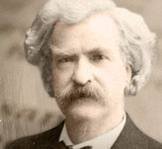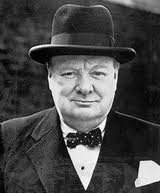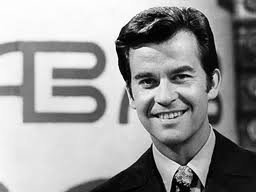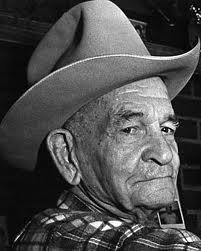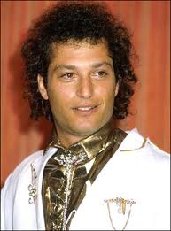Butterflies (Rhopalocera) are insects that have large, often brightly coloured wings, and a conspicuous, fluttering flight. The group comprises the superfamilies Hedyloidea (moth-butterflies in the Americas) and Papilionoidea (all others). The oldest butterfly fossils have been dated to the Paleocene, about 56 million years ago, though they may have originated earlier.
Butterflies have a four-stage life cycle, as like other holometabolan insects they undergo complete metamorphosis. Winged adults lay eggs on the food plant on which their larvae, known as caterpillars, will feed. The caterpillars grow, sometimes very rapidly, and when fully developed, pupate in a chrysalis. When metamorphosis is complete, the pupal skin splits, the adult insect climbs out, expands its wings to dry, and flies off.
Some butterflies, especially in the tropics, have several generations in a year, while others have a single generation, and a few in cold locations may take several years to pass through their entire life cycle.
Butterflies are often polymorphic, and many species make use of camouflage, mimicry, and aposematism to evade their predators. Some, like the monarch and the painted lady, migrate over long distances. Many butterflies are attacked by parasites or parasitoids, including wasps, protozoans, flies, and other invertebrates, or are preyed upon by other organisms. Some species are pests because in their larval stages they can damage domestic crops or trees; other species are agents of pollination of some plants. Larvae of a few butterflies (e.g., harvesters) eat harmful insects, and a few are predators of ants, while others live as mutualists in association with ants. Culturally, butterflies are a popular motif in the visual and literary arts. The Smithsonian Institution says "butterflies are certainly one of the most appealing creatures in nature".
Etymology
Possibly the original butter-fly. A male brimstone (Gonepteryx rhamni) in flight.
The Oxford English Dictionary derives the word straightforwardly from Old English butorflēoge, butter-fly; similar names in Old Dutch and Old High German show that the name is ancient, but modern Dutch and German use different words (vlinder and Schmetterling) and the common name often varies substantially between otherwise closely related languages. A possible source of the name is the bright yellow male of the brimstone (Gonepteryx rhamni); another is that butterflies were on the wing in meadows during the spring and summer butter season while the grass was growing.
Paleontology
The earliest Lepidoptera fossils date to the Triassic-Jurassic boundary, around 200 million years ago. Butterflies evolved from moths, so while the butterflies are monophyletic (forming a single clade), the moths are not. The oldest known butterfly is Protocoeliades kristenseni from the Palaeocene aged Fur Formation of Denmark, approximately 55 million years old, which belongs to the family Hesperiidae (skippers). Molecular clock estimates suggest that butterflies originated sometime in the mid-Cretaceous, but only significantly diversified during the Cenozoic, with one study suggesting a North American origin for the group. The oldest American butterfly is the Late Eocene Prodryas persephone from the Florissant Fossil Beds, approximately 34 million years old.
Declining numbers
Declining butterfly populations have been noticed in many areas of the world, and this phenomenon is consistent with the rapidly decreasing insect populations around the world. At least in the Western United States, this collapse in the number of most species of butterflies has been determined to be driven by global climate change, specifically, by warmer autumns.
If you want to read a whole lot more, go here: https://en.wikipedia.org/wiki/Butterfly
- 4 slices thick-cut bacon
- 2 tablespoons brown sugar
- Coarse black pepper for sprinkling
- 1 cup cottage cheese
- 2 slices rustic sourdough bread or any hearty bread
- 2 eggs
- 1 scallion, thinly sliced (optional)
- Preheat the oven to 375º. Line a baking sheet with foil. Place bacon on baking sheet and sprinkle evenly with brown sugar and pepper. Bake 20 to 25 minutes or until bacon is crisp.
- Meanwhile, place cottage cheese in food processor or blender and process until smooth. Toast bread and spread evenly with about 1/4 cup whipped cottage cheese.
- Cut bacon in half and place on cottage cheese. Top with an egg cooked to your preference (fried, scrambled or even poached). Sprinkle with scallions and black pepper, if desired.
This makes enough whipped cottage cheese for 4 servings, so save the rest in the fridge for later in the week and try experimenting with different toppings.
human being hit by a rock from space
1952 – Mandy Patinkin, American actor and singer
1965 – Ben Stiller, American actor
- Windows Update is enabled.
- Antivirus software is installed and running.
- Windows Firewall is turned on.
- The software on my computer is up to date.
- Strong passwords are always used.
- Passwords are not shared or written down.
- A password is required to access my computer.
- Unused programs are removed.
- My home wireless network is secured.
- My important data is regularly backed up.
- I use caution when I browse the Internet.
- I log off the computer when I’m not using it.
- My web browser does not store or remember my passwords.
- Temporary Internet files are periodically removed.


.jpg)

